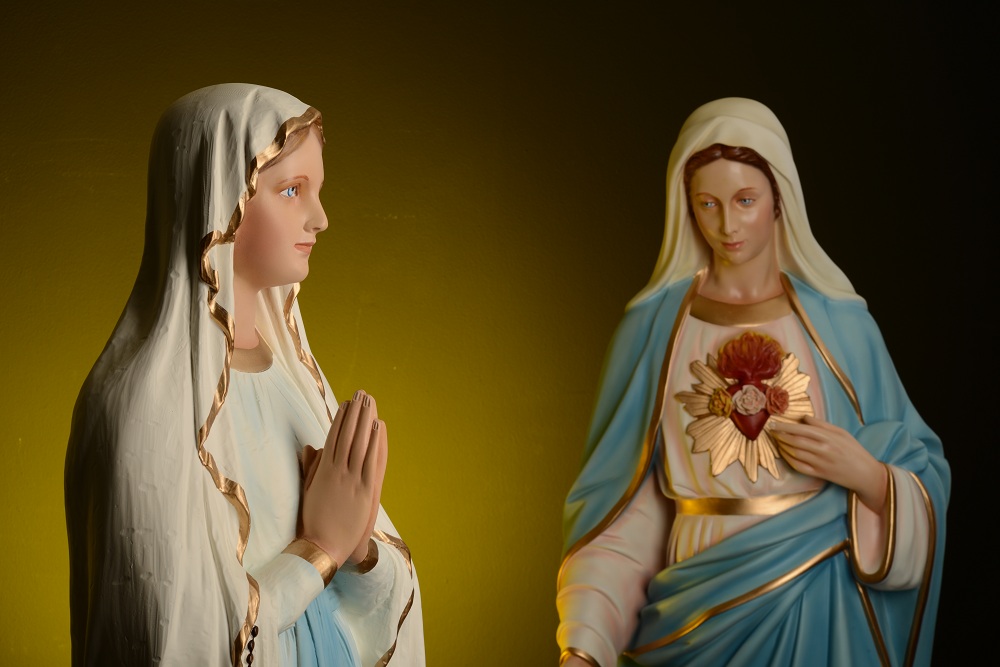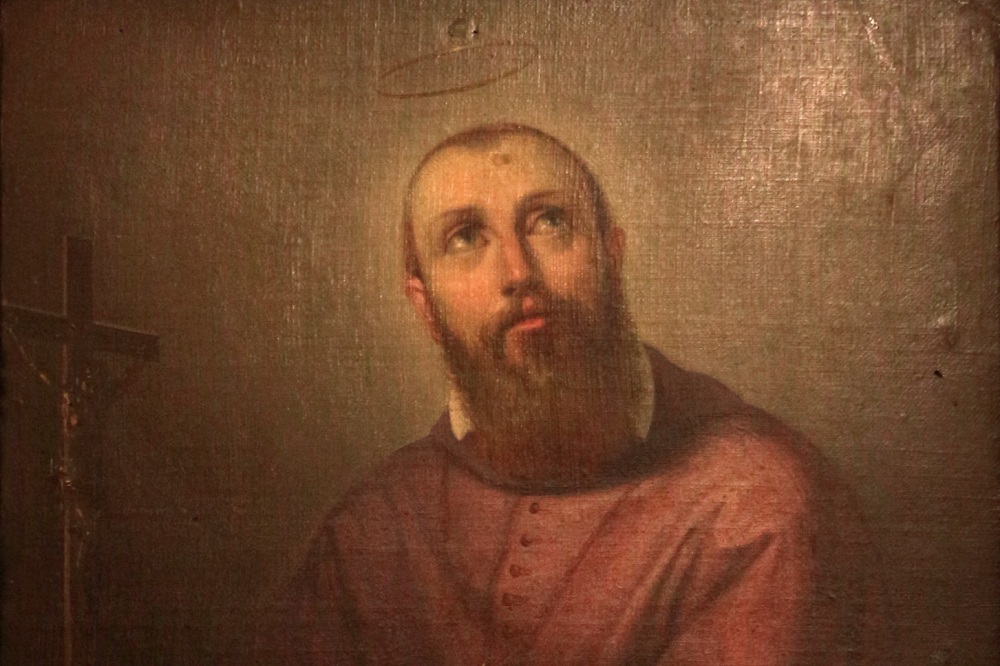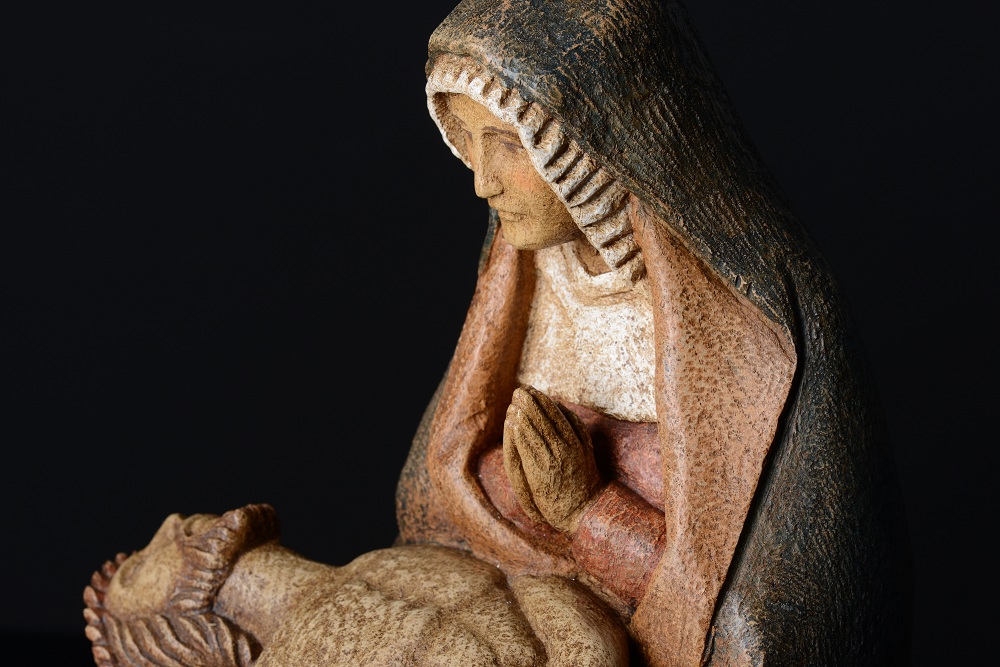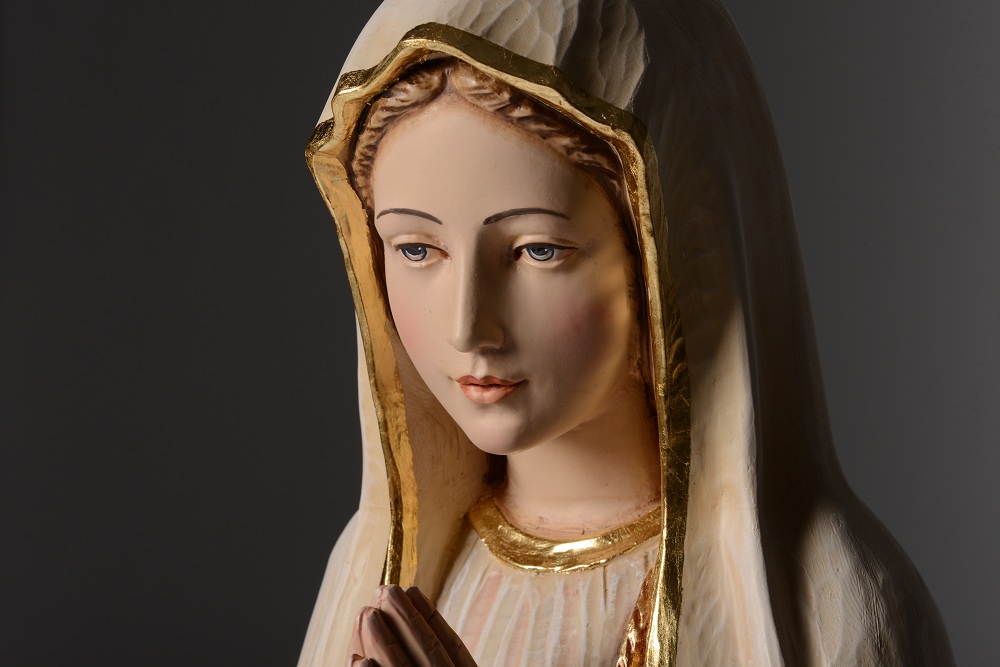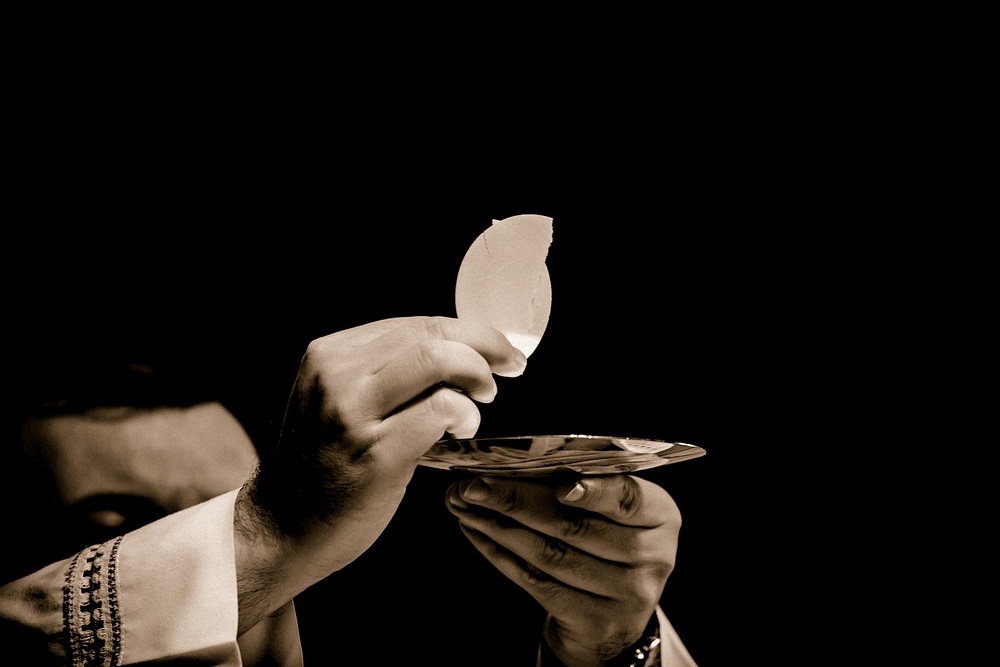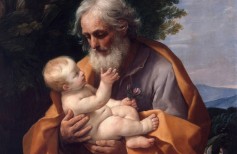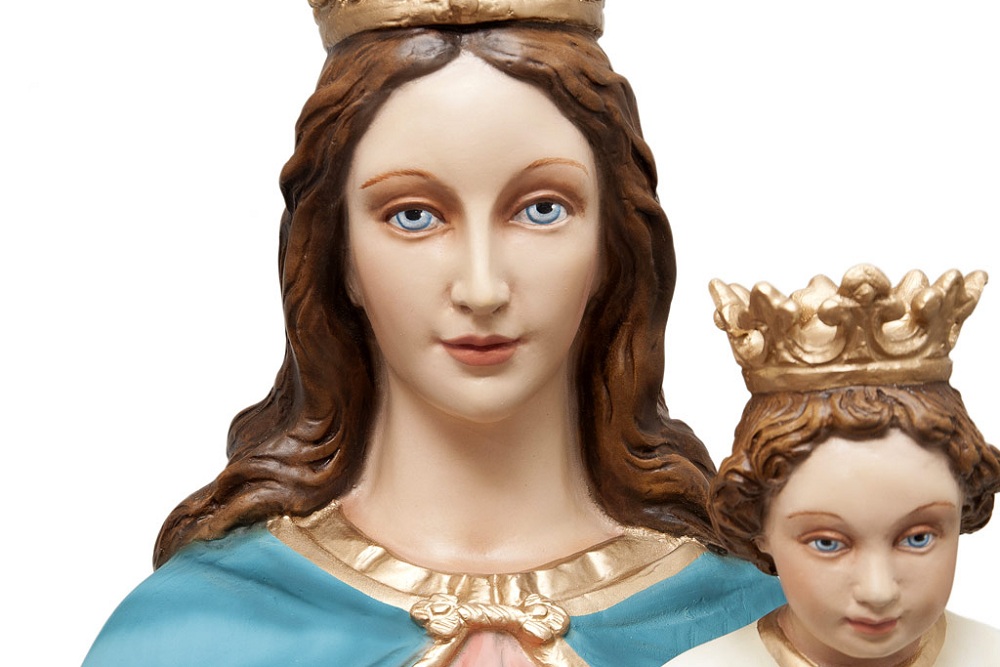The Council of Trento was one of the largest assemblies of bishops in history. It lasted from 1545 to 1563, its main purpose: to evaluate the impact that the Protestant Reformation was having on the Catholic Church, and discuss that. The result of this meeting was the so-called Counter-Reformation: the Catholic response to Calvinism and Lutheranism.
The arts were not spared from the consequences of this new era, especially in Southern Italy. Painters, sculptors, architects used all their skills and talent to outshine the Protestant figurative art, ultimately offering with devotion the cult of sacred images, so dear to Catholicism. The late Baroque art, which reached its highest peaks in Southern Italy, led to the production of a considerable amount of artworks, in particular of statues of the Madonna and polychrome wood sculptures of saints.
The objective of these works was to emphasize the excellence of the Roman Church, the papacy, and mostly the constant presence of these devotional figures in the life of the believers.
In the seventeenth and eighteenth centuries we see the proliferation of timber’s sculpture, mostly depicting Mary.
Only a name among those of the artists who contributed to this artistic renaissance is worth mentioning: Giuseppe Picano, famous for the Veiled Christ in the Sansevero Chapel, which was also the author of some breathtaking woods of Immaculate Conceptions, which have been preserved to this day.
The Immaculate Conception was a favorite subject, together with the depiction of Madonnas and Child.
Ancient sources record a number of shops operating in the Kingdom of Naples in the seventeenth and eighteenth century, specialized in this type of wooden sculptures.
Frequent exchanges with Spain and the rest of Mediterranean led to the spread of these statues even outside the Italian territory. Many of these works have come down to us.
The wooden sculptures were often placed in churches, chapels, places of worship, and carried in procession during large religious demonstrations, whose opulence and splendor were almost theatrical. These processions contributed greatly to the spread of counter-reformed Catholic orthodoxy in all countries of the Christian West.

